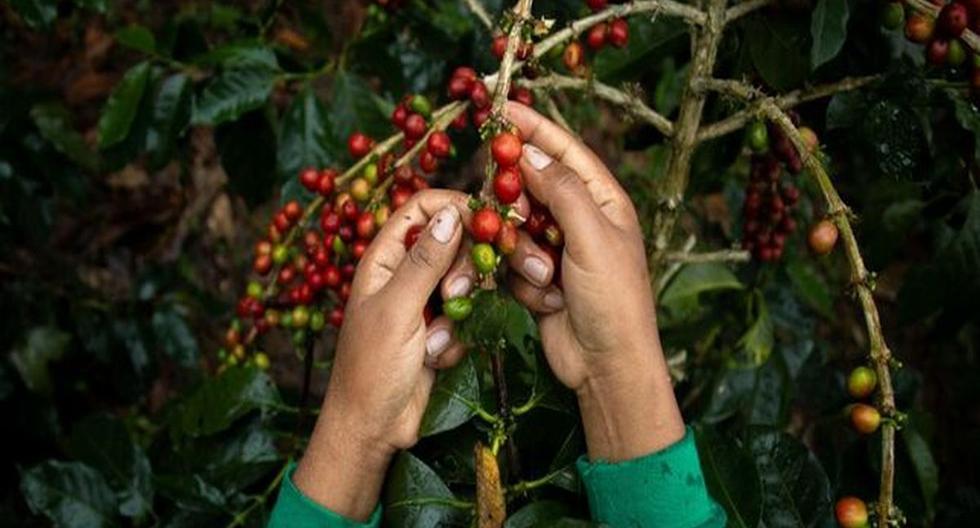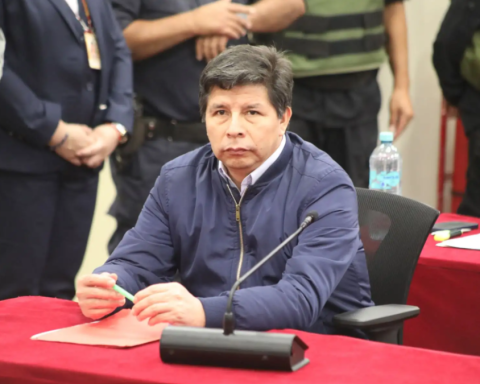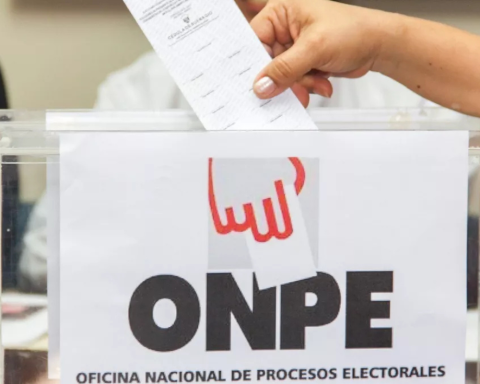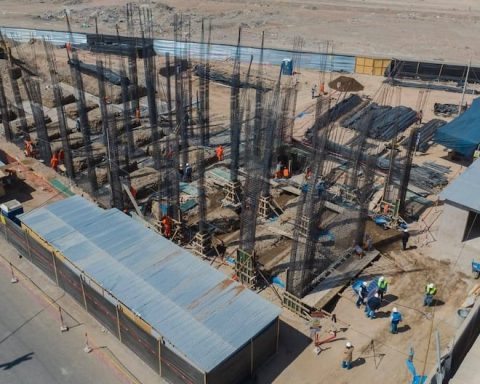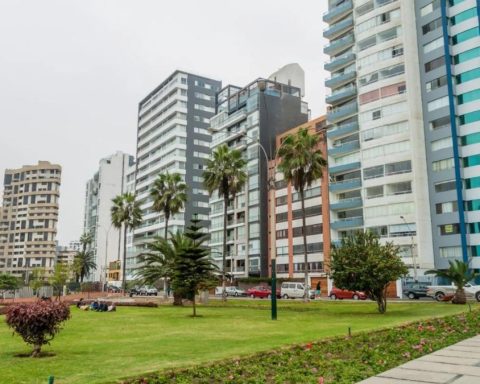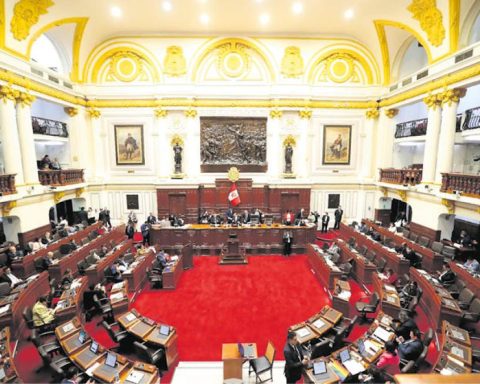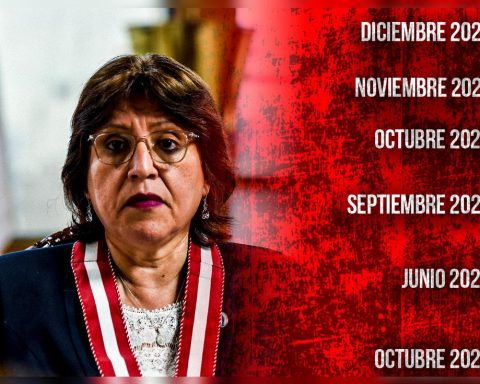The fourth Friday of August is celebrated Peruvian Coffee Day and, despite the climatic inconveniences that resulted in having a smaller and delayed harvest, the high prices of the international price are still with us, said José San Martín, vice president of the ADEX Coffee and Cocoa Committee.
“Revenues for the farmer are holding and I would say they are currently the highest in more than 25 years,” he said.
Meanwhile, Lorenzo Castillo, president of the National Coffee Board (JNC), noted that the area under cultivation has decreased, leaving some 380,000 hectares nationwide due to climate change and low prices that forced producers to abandon the cultivation and replace it with others.
In addition, he pointed out that 65% of coffee plantations have completed their cycle and are old plantations with more than 20 years of production, which have not been properly renovated because there are no financing conditions and technical support for the process.
“This institutional lack does not occur in all countries, where the private sector is the main actor and the public sector is the mediator. Here it is the other way around,” he said.
LOOK: Concytec promotes initiatives that promote the economic and social development of coffee
EXPORT COFFEE
San Martín pointed out that the main market for coffee exports has been Europe and the United States; however, other destinations have opened, such as Australia and Asia. “We have conventional (1 and 2) grades, which are predominantly exported, and we have a developing market for specialty coffees,” he said.
Likewise, he noted that a market that has developed in recent years is the Colombian market, and it is due to a conjunctural issue of its production, which has had problems and they are supplying Peruvian coffee to use in their plants, for internal consumption and, in some cases, to re-export it.
The president of the JNC pointed out that Peru has a certified area of organic coffee with 160 thousand hectares and, although we are not the country with the largest certified area, we have the highest yield and the largest offer to the international market of organic coffee.
PRODUCING REGIONS
The main producing area for some years has been the northeastern area, the specialists agreed, that is, Cajamarca, San Martín and Amazonas. The central jungle area is still important and includes Junín, Pasco, but they have not had the option of doing major renovations or expansions.
“It is a phenomenon that has occurred since historically the central jungle was the point of coffee growing, but the development of coffee innovation moved to the northeast corridor, which represents almost 60% of the coffee supply in the country,” he said. Castle.
For the representative of the JNC, another important element that has occurred in recent years is the development of local coffee consumption, which has been expanding in various regions. “These are ventures that cause consumption to increase. It is a product with a long process of promotion by the private sector,” he added.
DATA
According to San Martín, the international price of coffee is around US$215 per quital (about 46 kg).
In Peru there are two great varieties of coffee: the Arabica, softer, and the robust, more acidic, which have a higher price, Castillo noted.
